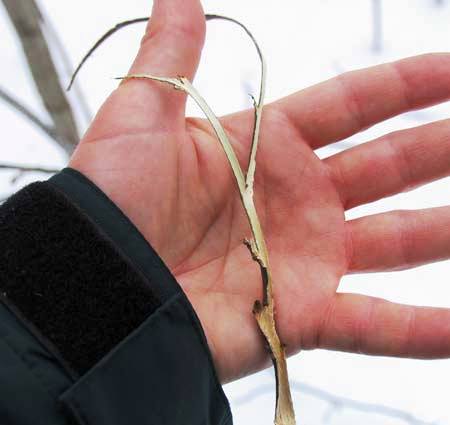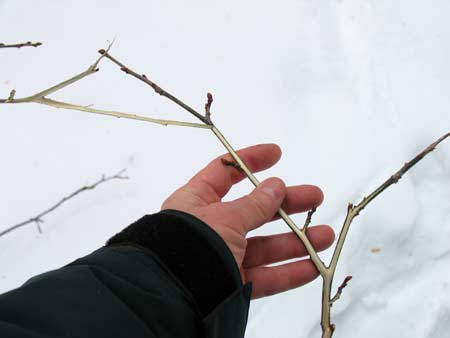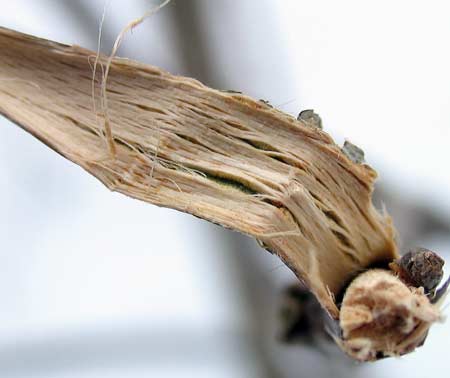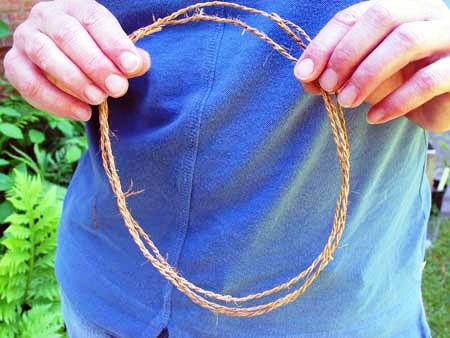|
|
Home →
Survival →
Cordage
Basswood Cordage
|
| Basswood (Tilia americana) bark makes excellent and very
strong cordage. The first part of this page consists of a number of
photographs to aid in identification of Basswood. For more info on
identifying Basswood, please visit the
Ontario Trees website.
The second part of this page shows the cordage aspect of Bassswood. |
| |
IDENTIFICATION:
For more info on identifying Basswood, please visit the
Ontario Trees website. |
|
|
|
|
|
CORDAGE FROM BASSWOOD: |
|
|
 |
Basswood bark makes excellent
strong cordage. It consists of long interwoven fibres that
form an interlocking weave. It peels readily from the tree
and is easy to work with.
Bark from dead basswood limbs provides the best
material. The best dead limbs are ones that have been dead
for a week or two. Any longer and the bark will have dried
out a lot. |
|
 |
This photos shows how the bark
peels in a nice long string. |
|
 |
A closeup view of the bark
fibres. |
|
 |
A length of finished Basswood
bark cordage. |
|
|
|
|
|